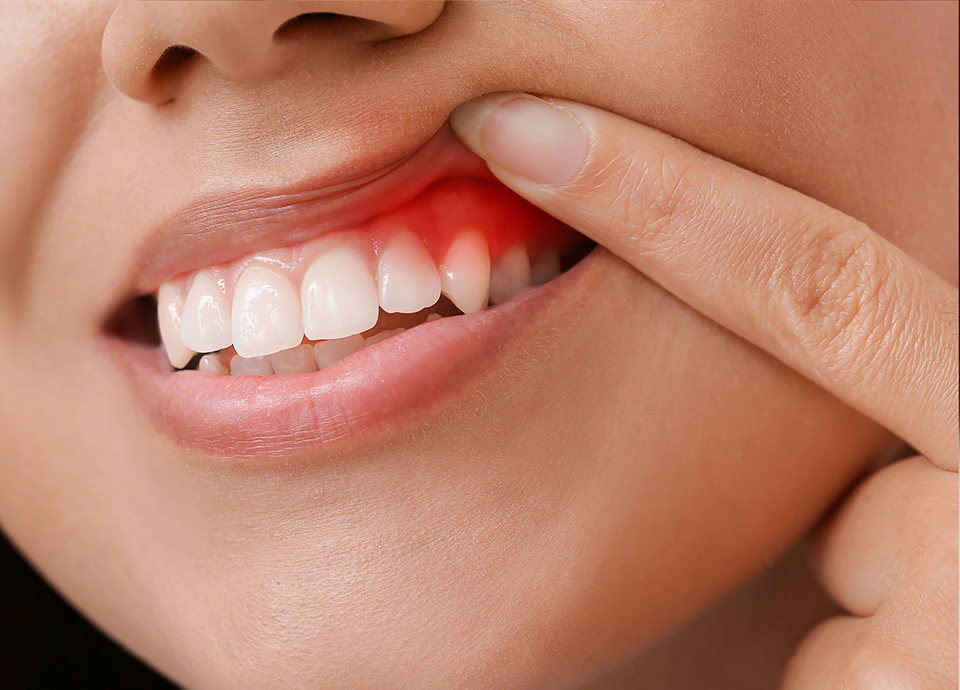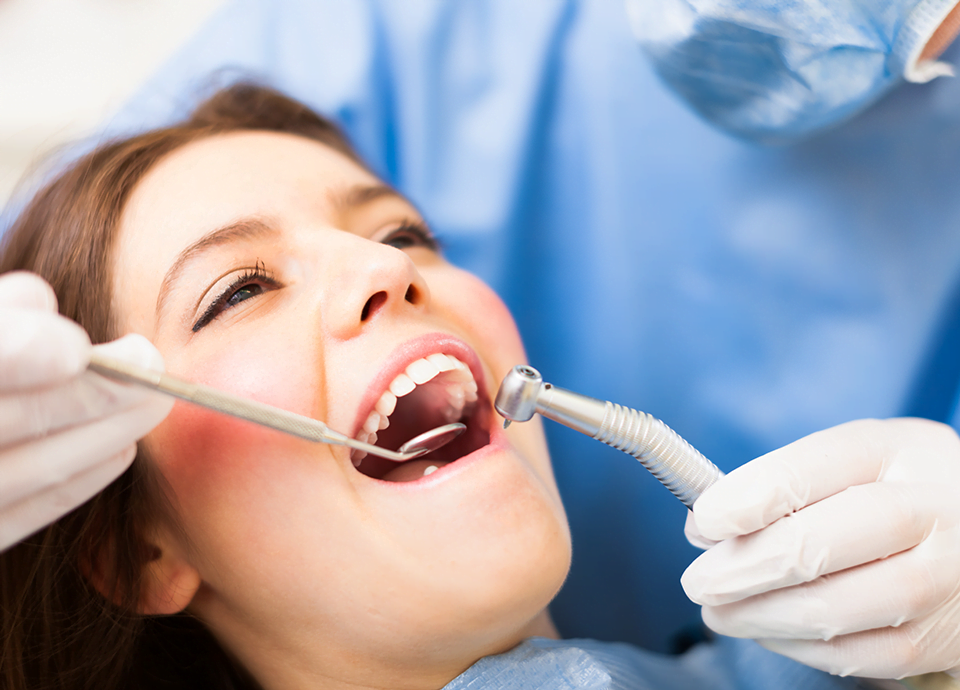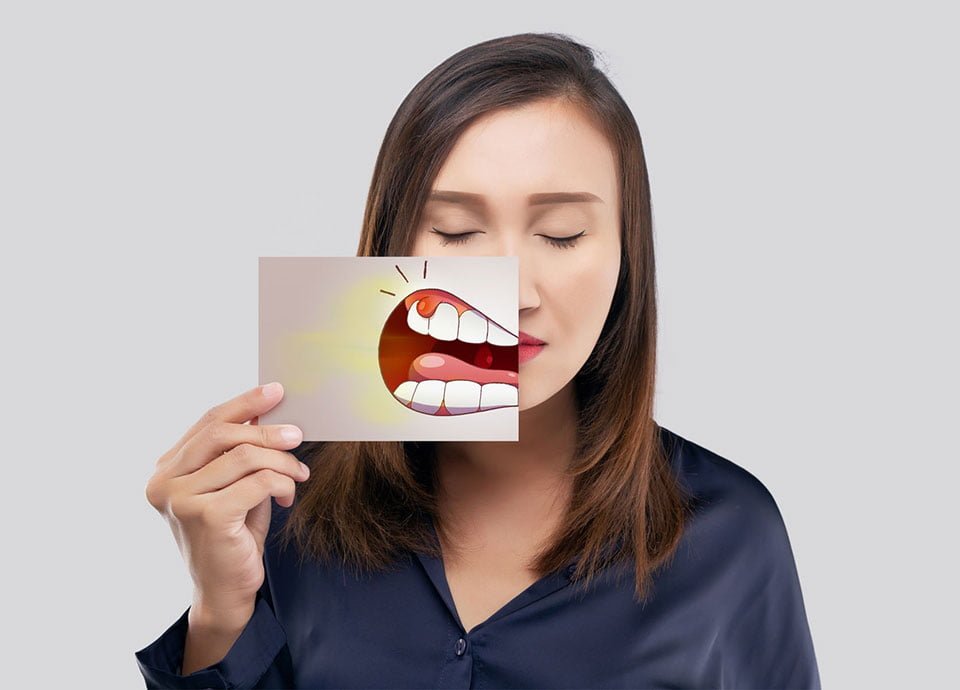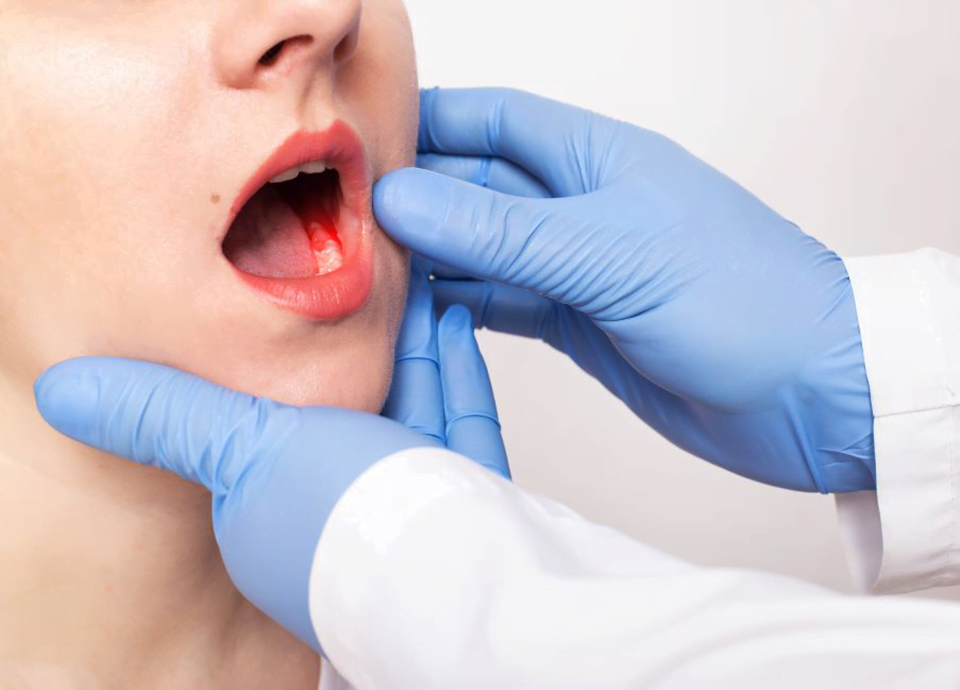
Gum Diseases
The gum is a firm and non-bleeding flesh tissue surrounding teeth, generally light pink in color and with an orange peel appearance in its matte surfaces. Deterioration of this gum appearance for various reasons indicates the presence of gum diseases.
Teeth cleaning is the most important factor in gum health. In cases where the teeth are not cleaned enough, plaques form in the teeth and gum junction, called dental plaque. Gum diseases occur as a result of bacteria accumulating on these plaques and later tartar formed by the precipitation of inorganic substances.
Bleeding gums are the most important symptom of gum diseases. Bleeding gums can occur when brushing teeth or, in more advanced cases, when eating hard foods or even spontaneously. The gums swell over time, become red, as a result thereof, teeth lengthen, bad breath occurs, and the gaps occur between the teeth.
In case of advanced gum diseases, a bone loss begins in the bone tissue surrounding the tooth root. Teeth that lose their bone support begin to loose over time and teeth are lost without any external impact.
In smokers, nicotine stains that accumulate on the teeth over time cause food retention and, as a result thereof, gum diseases.


Some systemic diseases, especially uncontrolled diabetes, can also cause gum disease. However, Phenytoin, which is used in the treatment of epilepsy, Cyelosporin, an immunosuppressive drug, and some heart and blood pressure drugs can also cause gum diseases. It is thought that the genetic factors also play an important role in gum diseases.
The treatment of gum diseases is possible in the first stage with the oral hygiene training to be given to the patients. However, in cases where the disease is advanced, the dentist performs treatment by cleaning gum plaques and tartars with various tools. In cases where the bone around the teeth is also affected, surgical operations may be necessary for the treatment.
What is halitosis?
Bad breath in the mouth is called halitosis. It is possible to divide bad breath into two parts.
1- Physiological bad breath:
It is bad breath caused by gases accumulating in the mouth and digestive tract while sleeping at night. There may also be bad breath caused by bacteria that have not become pathogenic in the mouth. These odours disappear on their own when you wake up in the morning. Apart from this, brushing teeth or gargling can help prevent bad breath. This type of bad breath is not pathological and does not require treatment.
2- Pathological bad breath:
It is bad breath that is caused by pathological conditions in the mouth or in other parts of the body and requires treatment.


Causes of bad breath
Bad breath is odor that occurs in the mouth for various reasons. In general, it can be caused by intraoral reasons as well as some systematic and metabolic diseases.
Intraoral reasons can be listed as follows:
- Decayed teeth
- Diseased and bleeding gums
- Poor treatment with dental crowns, bridges, fillings and dentures
- Partially impacted wisdom tooth in the mouth
- Intraoral inflammations and tumors
- Dental plaques on the tongue and metal poisoning
- Intraoral aphthae
Common causes of bad breath
- Upper respiratory tract, throat, larynx infections and tumors
- Sinusitis
- Lung diseases
- Gastric diseases
- Liver failure
- Renal diseases
- Some metabolic diseases can cause bad breath.


Treatments based on oral cavity
They are usually treated with the removal of the odour-causing factors.
Intraoral factors causing bad breath can be eliminated by correcting bad restorations in the mouth, treating gingival diseases, eliminating the formed gingival pockets, and treating decayed teeth.
